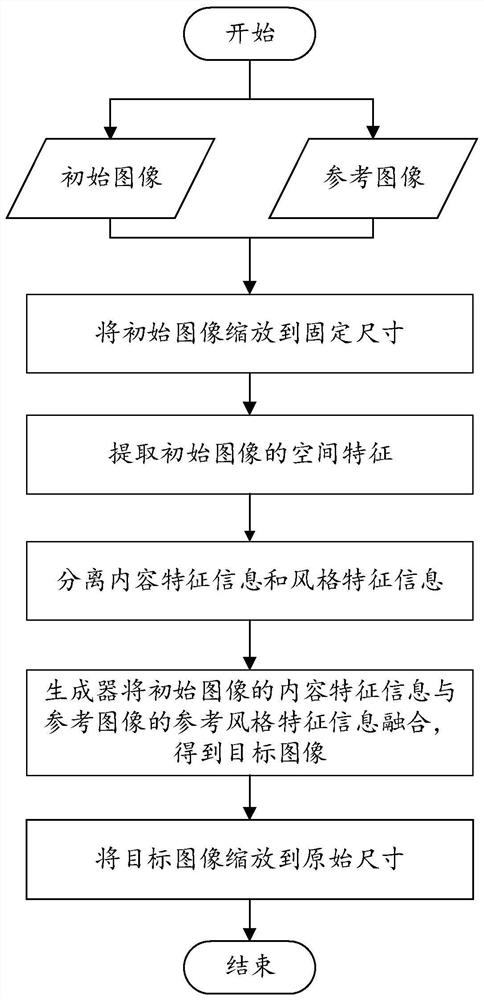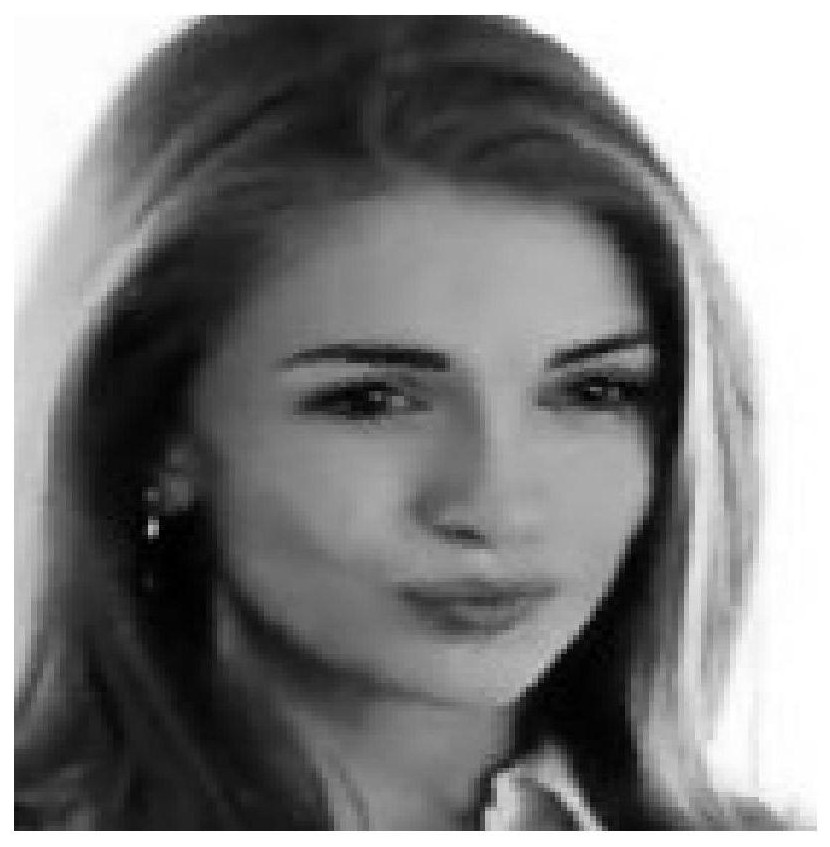Unsupervised image-to-image translation method based on content style separation
An unsupervised and style-based technology, applied in the field of computer vision and image processing, can solve the problems of feature attention that cannot be content, difficulty in expanding multiple images, and inability to effectively extract different styles of different objects, so as to reduce the impact and modify the range. , the effect of improving scalability
- Summary
- Abstract
- Description
- Claims
- Application Information
AI Technical Summary
Problems solved by technology
Method used
Image
Examples
Embodiment Construction
[0018] Embodiments of the present disclosure will be described in more detail below with reference to the accompanying drawings. Although certain embodiments of the disclosure are shown in the drawings, it should be understood that the disclosure may be embodied in various forms and should not be construed as limited to the embodiments set forth herein. Rather, these examples are provided so that the understanding of this disclosure will be thorough and complete. It should be understood that the drawings and embodiments of the present disclosure are for exemplary purposes only, and are not intended to limit the protection scope of the present disclosure.
[0019] It should also be noted that, for the convenience of description, only the parts related to the related invention are shown in the drawings. In the case of no conflict, the embodiments in the present disclosure and the features in the embodiments can be combined with each other.
[0020] It should be noted that the ...
PUM
 Login to View More
Login to View More Abstract
Description
Claims
Application Information
 Login to View More
Login to View More - R&D
- Intellectual Property
- Life Sciences
- Materials
- Tech Scout
- Unparalleled Data Quality
- Higher Quality Content
- 60% Fewer Hallucinations
Browse by: Latest US Patents, China's latest patents, Technical Efficacy Thesaurus, Application Domain, Technology Topic, Popular Technical Reports.
© 2025 PatSnap. All rights reserved.Legal|Privacy policy|Modern Slavery Act Transparency Statement|Sitemap|About US| Contact US: help@patsnap.com



